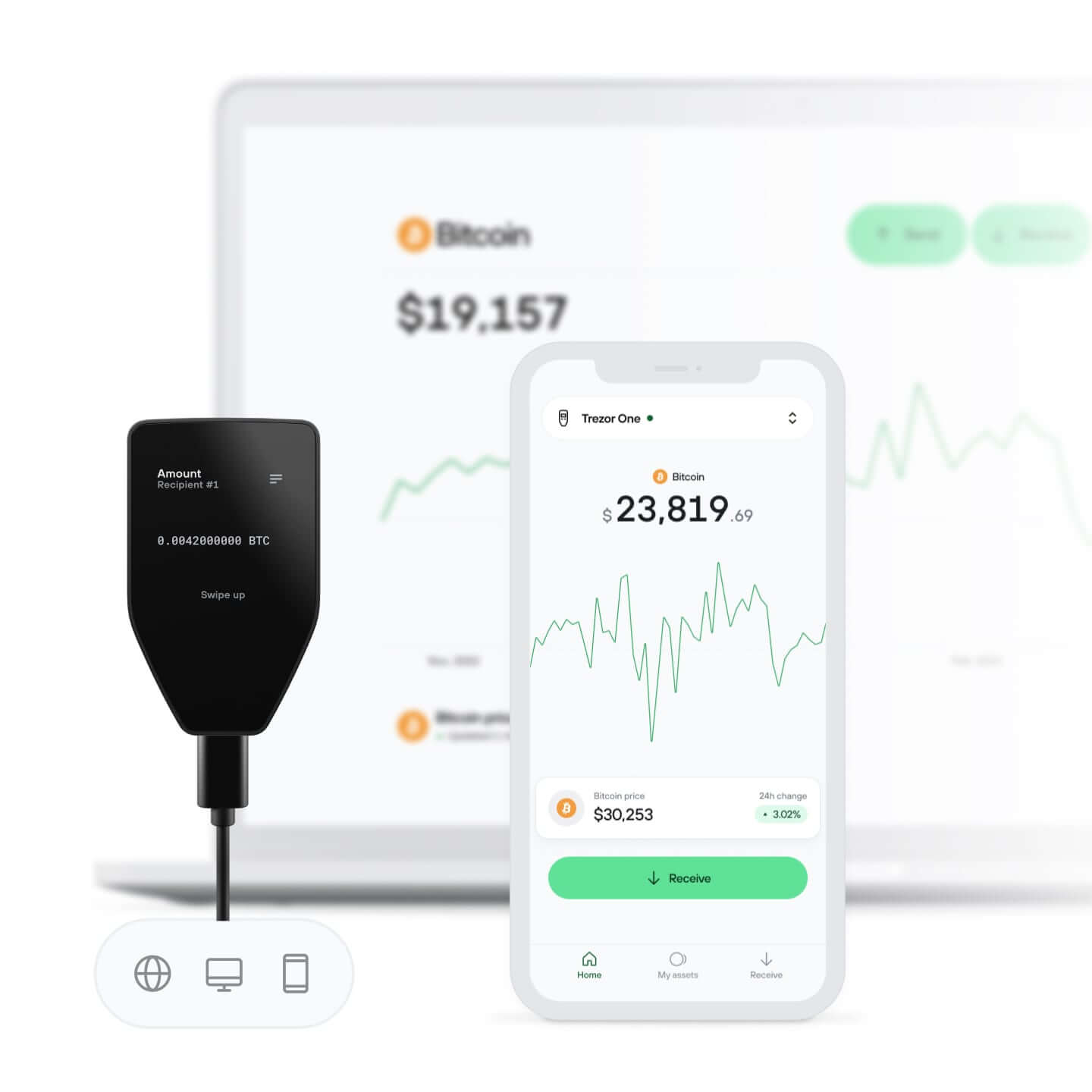Bitcoin, the world's first decentralized cryptocurrency, has revolutionized the financial landscape. However, as its popularity grew, so did its scalability issues. Enter the Lightning Network, a second-layer solution designed to address Bitcoin's limitations by enabling faster and cheaper transactions. In this article, we'll dive deep into the Lightning Network, exploring how it works, its benefits, challenges, and its potential to shape the future of Bitcoin.
What is the Lightning Network?
The Lightning Network is a Layer 2 protocol built on top of the Bitcoin blockchain. It aims to solve Bitcoin's scalability problem by allowing off-chain transactions that are later settled on the main blockchain. This approach reduces congestion on the Bitcoin network, enabling near-instant transactions with minimal fees.
Key Concept: The Lightning Network uses payment channels to facilitate transactions between parties without recording every single transaction on the blockchain. Only the opening and closing of channels are recorded on-chain.
How Does It Work?
The Lightning Network operates through a system of payment channels. Here's a simplified breakdown:
- Opening a Channel: Two parties create a multi-signature wallet and deposit Bitcoin into it. This establishes a payment channel.
- Off-Chain Transactions: The parties can now transact freely off-chain, updating the balance between themselves without broadcasting to the Bitcoin network.
- Closing the Channel: When the parties are done, they close the channel, and the final balance is recorded on the Bitcoin blockchain.
This process allows for thousands of transactions to occur off-chain, significantly reducing the load on the main blockchain.
Benefits of the Lightning Network
The Lightning Network offers several advantages:
- Speed: Transactions are nearly instantaneous, making it ideal for microtransactions and everyday purchases.
- Low Fees: Since most transactions occur off-chain, fees are drastically reduced.
- Scalability: By moving transactions off-chain, the Lightning Network alleviates congestion on the Bitcoin blockchain.
- Privacy: Off-chain transactions are not publicly recorded, enhancing user privacy.
Challenges and Limitations
While the Lightning Network holds great promise, it's not without its challenges:
- Complexity: Setting up and managing payment channels can be technically challenging for non-technical users.
- Liquidity Requirements: Channels require sufficient Bitcoin liquidity, which can be a barrier for some users.
- Security Risks: Off-chain transactions introduce new risks, such as channel hijacking or fraud.
- Adoption: Widespread adoption is still in its early stages, and many wallets and services do not yet support the Lightning Network.
Future Potential
The Lightning Network has the potential to transform Bitcoin into a truly global payment system. As adoption grows and the technology matures, we can expect:
- Mass Adoption: Integration with more wallets, exchanges, and merchants.
- Cross-Chain Compatibility: Potential for interoperability with other blockchains.
- Innovative Use Cases: Micropayments, streaming payments, and decentralized finance (DeFi) applications.
Conclusion
The Lightning Network is a groundbreaking solution to Bitcoin's scalability challenges. By enabling fast, low-cost transactions, it opens up new possibilities for Bitcoin as a medium of exchange. While there are hurdles to overcome, the future looks bright for the Lightning Network and its role in the evolution of cryptocurrency.







